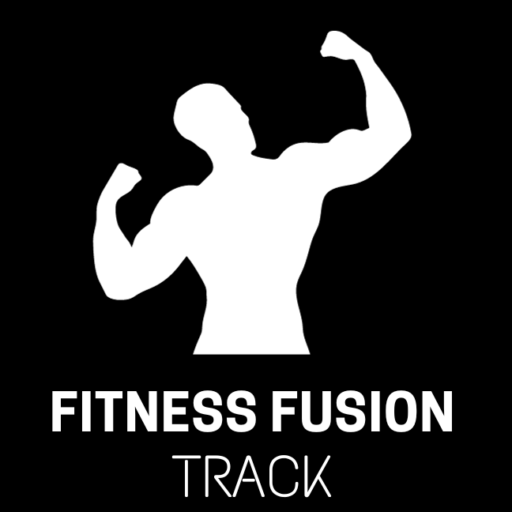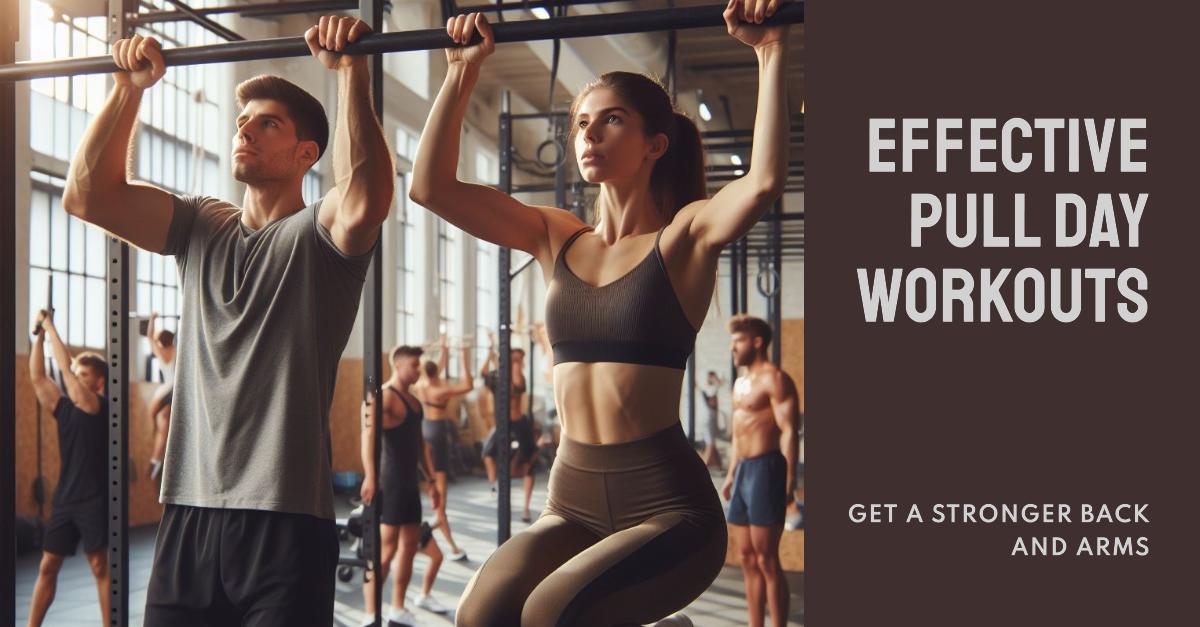Pull day workouts are an essential component of any complete fitness routine, with a focus on exercises that target the muscles used in pulling motions. The upper body muscles, such as the shoulders, biceps, and back, are the main focus of these exercises. You may increase functional strength, build overall fitness, and strengthen these muscle groups by using pull day workouts in your training routine. Exercises on pull days are crucial for developing a balanced body while promoting good posture. We’ll look at five pull day workouts in this post that will help you maximize your training and reach your fitness objectives.
Introduction to Pull Day Workouts
Pull day workouts, which focus exercises that activate the muscles involved in pulling motions, are an essential part of a complete fitness routine. The upper body muscles, such as the shoulders, biceps, and back, are the main focus of these exercises. You may efficiently increase general functional fitness, correct posture, and build strength by using pull day workouts in your training routine. Pull day workouts are very helpful for people who want to build muscle, strengthen their upper bodies, and have a well-rounded body. Adding these pull day workouts to your routine, regardless of expertise level, will help you reach new heights in terms of fitness.
Benefits of Pull Day Workouts
Strengthening Upper Body Muscles
- Pull day workouts are a great way to build muscle in the upper body.
- These exercises mainly focus the back, shoulders, and biceps by using different pulling motions to engage those muscles.
- Upper body exercises that build muscular growth, strength, and endurance include pull-ups, rows, and lat pulldowns.
- You may make major gains in upper body strength and general muscular growth by regularly including pull day workouts into your routine.
Enhancing Functional Strength
- Workouts on pull days are very helpful in improving functional strength because they focus compound motions that mimic everyday activity.
- Multiple muscle groups are worked concurrently during exercises like pull-ups, deadlifts, and rows, which improve overall strength and coordination.
- Strength training done this way actually improves performance on daily chores and lowers the chance of injury while engaging in physical activity.
- You may raise your overall fitness levels and functional strength by adding pull day workouts to your routine.
Improving Posture
- Pull day workouts help to improve posture by targeting muscles important for right posture.
- Better posture is encouraged by exercises that strengthen the muscles of the upper back, shoulders, and core, such as rows, lat pulldowns, and face pulls.
- People can improve their spinal alignment, lessen slouching, and relieve muscular imbalances by strengthening these muscles.
- Pull day workouts may be used into a training regimen consistently to provide notable changes in general spine health and posture.
Warm-up Routine
Before beginning pull day workouts, it’s important to warm up your muscles and joints properly to prepare them for the forthcoming activities. This is an example of a warm-up routine designed especially for exercises on pull days:
Arm Circles
Arrange your feet so that they are shoulder-width apart, then straighten your arms out to the sides. Start by moving your arms in tiny circles and work your way up to larger ones. Perform 15 repetitions of each set, switching between forward and backward circles.
Shoulder Rotations
Keep your arms at your sides and assume a tall posture. Turn your shoulders slowly in a circle, moving forward and then backward. Try to complete 2 sets of 15 reps in each direction.
Cat-Cow Stretch
Place yourself on your hands and knees like you’re on a table. Breathe in as you lift your head and arch your back to achieve cow posture. Breathe out as you circle your spine and put your chin into your chest to achieve cat posture. Complete 2 sets of 10 reps.
Thoracic Spine Mobility Exercises
Take a seat with your feet flat on the ground. With your hands behind your head, twist your upper body slowly to the right and then the left, concentrating on moving your thoracic spine. Finish 10 reps each side in 2 sets.
Wrist Circles
With your palms facing down, raise your arms straight out in front of you to shoulder height. Turn your wrists slowly in two directions: clockwise and counterclockwise. Complete 2 sets of 15 reps in each direction.
This warm-up routine will help your pull day exercises by improving joint mobility, increasing blood flow to the muscles, and lowering your chance of injury throughout the workout.
Top 5 Effective Pull Day Workouts
Pull-Ups
One of the best workouts for strengthening the arms and back muscles is the pull-up. They are a challenging but beneficial workout because you have to use your arms and back muscles to lift your body weight. Hold an overhead bar with your hands shoulder-width apart and your palms facing away from you to execute a pull-up. When your chin is over the bar, raise yourself up and then carefully slide back down.
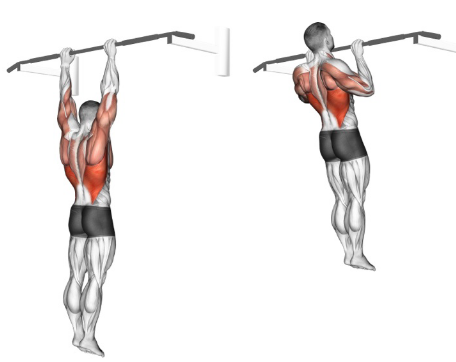
Deadlifts
Complex exercises like deadlifts work the back, glutes, and hamstrings, among other muscular groups. They are excellent for developing general power and strength. Place your feet hip-width apart and place your hands shoulder-width apart on a barbell to do a deadlift. Hinge at your hips to bring the barbell down toward the floor while maintaining a straight back and an active core. To raise the barbell back up to standing position, apply pressure with your heels.
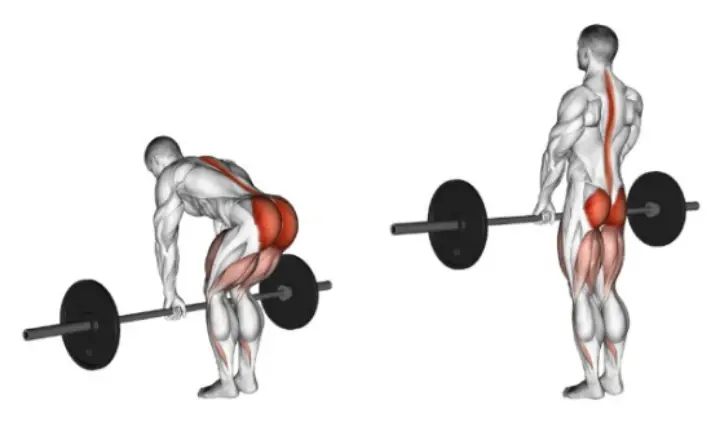
Bent-Over Rows
An excellent exercise for strengthening the arms and upper back muscles is the bent-over row. They provide better posture and strength in the upper body. With your feet hip-width apart, execute a bent-over row by holding a barbell or dumbbells in front of you with an overhand grip. Bend forward from the hips until your body is parallel to the floor. Squeeze your shoulder blades together as you pull the weight towards your chest, then carefully drop it back down.
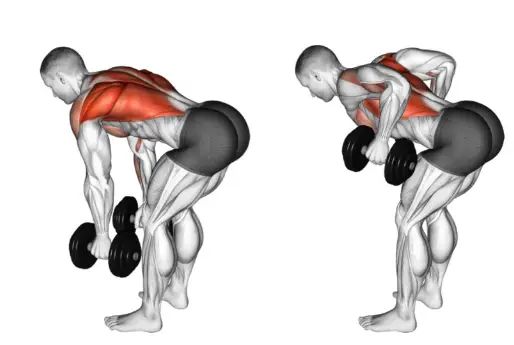
Lat Pulldowns
Lat pulldowns are a popular workout in the gym that work the arms and back muscles. They enhance the strength and definition of the muscles in the upper body. Place your knees firmly under the pads of a lat pulldown machine when you sit down to do the exercise. Using your hands slightly wider than shoulder-width apart, grab the bar and draw it towards your chest, using your back muscles to do so. Return the bar to its beginning position gradually.
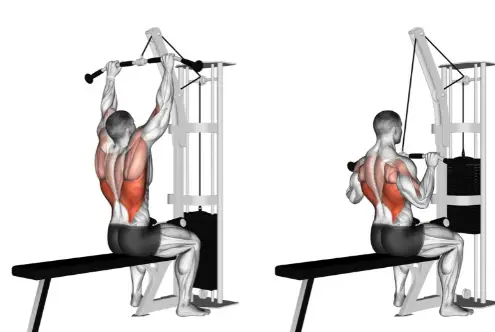
Face Pulls
Face pulls are a great exercise to work the rotator cuff, shoulders, and upper back muscles. They help with improving shoulder stability and posture. A rope or resistance band should be connected to a high pulley cable machine in order to accomplish a face pull. With your feet hip-width apart, face the machine, and take an overhand hold on the rope or band. Squeeze your shoulder blades together and pull the rope toward your face. Then, slowly release it to return to its initial position.
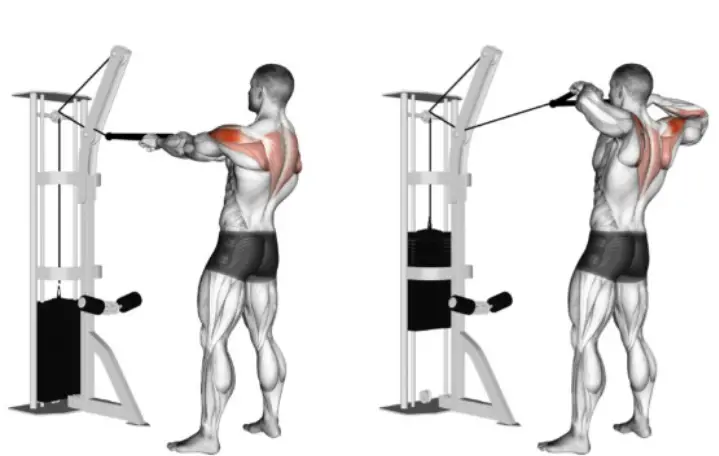
Tips for Optimal Performance
To optimize your performance during pull day workouts and maximize the benefits of your training session, consider the following tips:
Proper Form and Technique
- To get the best results and avoid injuries, pull day workouts must be performed with perfect form and technique.
- Pay close attention to using the targeted muscles and doing each exercise with precise motions.
- Be mindful of your range of motion, grip, and posture to maintain alignment and stability.
- You may maximize the benefits of your pull day exercises while lowering the risk of injury by placing a high priority on proper form and technique.
Gradual Progression
- The secret to success with pull day workouts is gradual growth.
- Gradually increase the weight, repetitions, or sets to increase the intensity.
- This method puts muscles to the test while promoting development and flexibility.
- You can stay on track to reach your fitness objectives and prevent plateaus by progressively pushing your boundaries.
- In order to avoid overdoing it and getting hurt, always pay attention to your body and modify your intensity accordingly.
Rest and Recovery
- Effective pull day workouts must include both rest and recovery.
- Plan rest days in between workouts to give your muscles time to develop and heal.
- Use active recovery methods to improve flexibility and reduce muscular discomfort, such as foam rolling and stretching.
- Make sure you get enough sleep and stay hydrated for the best possible recovery.
- You can get the most out of your pull day workouts and avoid burnout by giving your body the rest it needs.
Variety and Variation
- To make pull day workouts interesting and productive, variation and variety are important.
- To avoid becoming bored and target muscles from different angles, mix up your workouts, grips, and equipment modifications.
- Try out different methods and exercises to keep your body challenged and prevent plateaus.
- You may promote muscle growth, enhance general health, and sustain long-term desire to accomplish your goals by regularly changing your training routine.
Listen to Your Body
- During pull day workouts, it’s important to pay attention to your body in order to minimize damage and maximize performance.
- Observe signs of pain, discomfort, or exhaustion and modify your technique or intensity properly.
- When rest days are required, take them; avoid discomfort.
- You may guarantee secure and efficient exercises while promoting long-term health and fitness by paying attention to your body’s signals and respecting its limitations.
Conclusion
In conclusion, you may greatly improve your upper body strength, muscular definition, and general fitness levels by including the five effective pull day workouts into your fitness routine. Targeting important muscular areas including the shoulders, biceps, and back, these workouts improve functional strength, correct posture, and help create a well-rounded body. Adding pull day exercises to your routine is a flexible and tough approach to reach your fitness objectives, no matter your experience level. To get the most out of your exercise, always stay focused on good technique, gradually increase intensity, and allow for enough time for recovery and rest.
FAQs
Q. How often should I include pull day workouts into my fitness routine?
It’s recommended to include pull day workouts in your routine 2-3 times per week, with at least one rest day in between sessions to allow for adequate muscle recovery.
Q. Can I perform pull day workouts at home without gym equipment?
Yes, many pull day exercises can be modified or performed using minimal equipment such as resistance bands, dumbbells, or bodyweight exercises like pull-ups and rows.
Q. Are pull day workouts suitable for beginners?
Yes, pull day workouts can be adapted to suit beginners by starting with lighter weights and focusing on mastering proper form and technique before progressing to more advanced exercises.
Q. How long should a typical pull day workout last?
A typical pull day workout can last anywhere from 45 minutes to an hour, including warm-up and cool-down exercises. However, the duration may vary depending on individual fitness levels and workout intensity.
Q. What if I experience muscle soreness after a pull day workout?
It’s normal to experience muscle soreness, after a challenging workout. Allow your muscles time to recover by including active recovery techniques like stretching, foam rolling, and staying hydrated.
